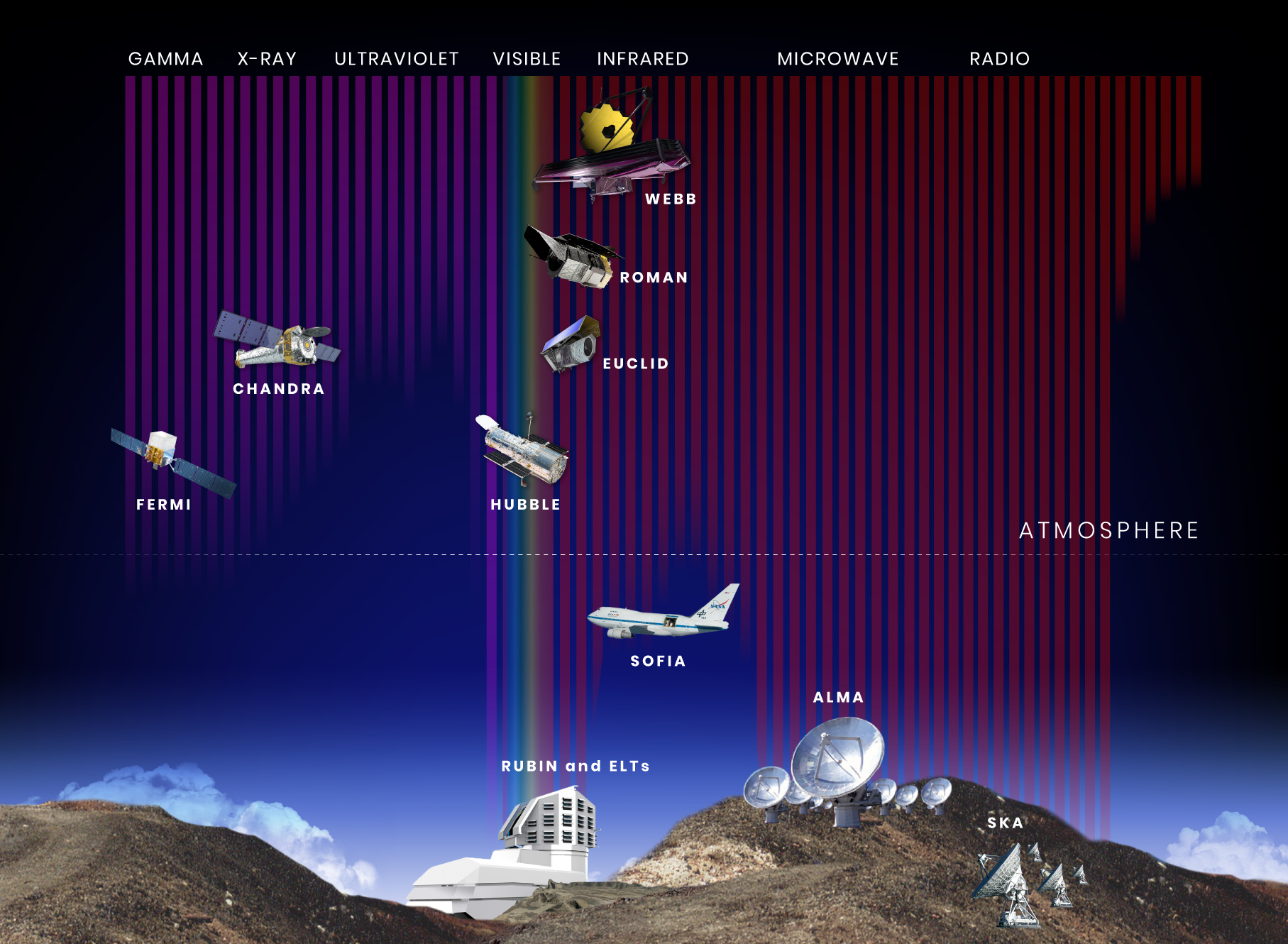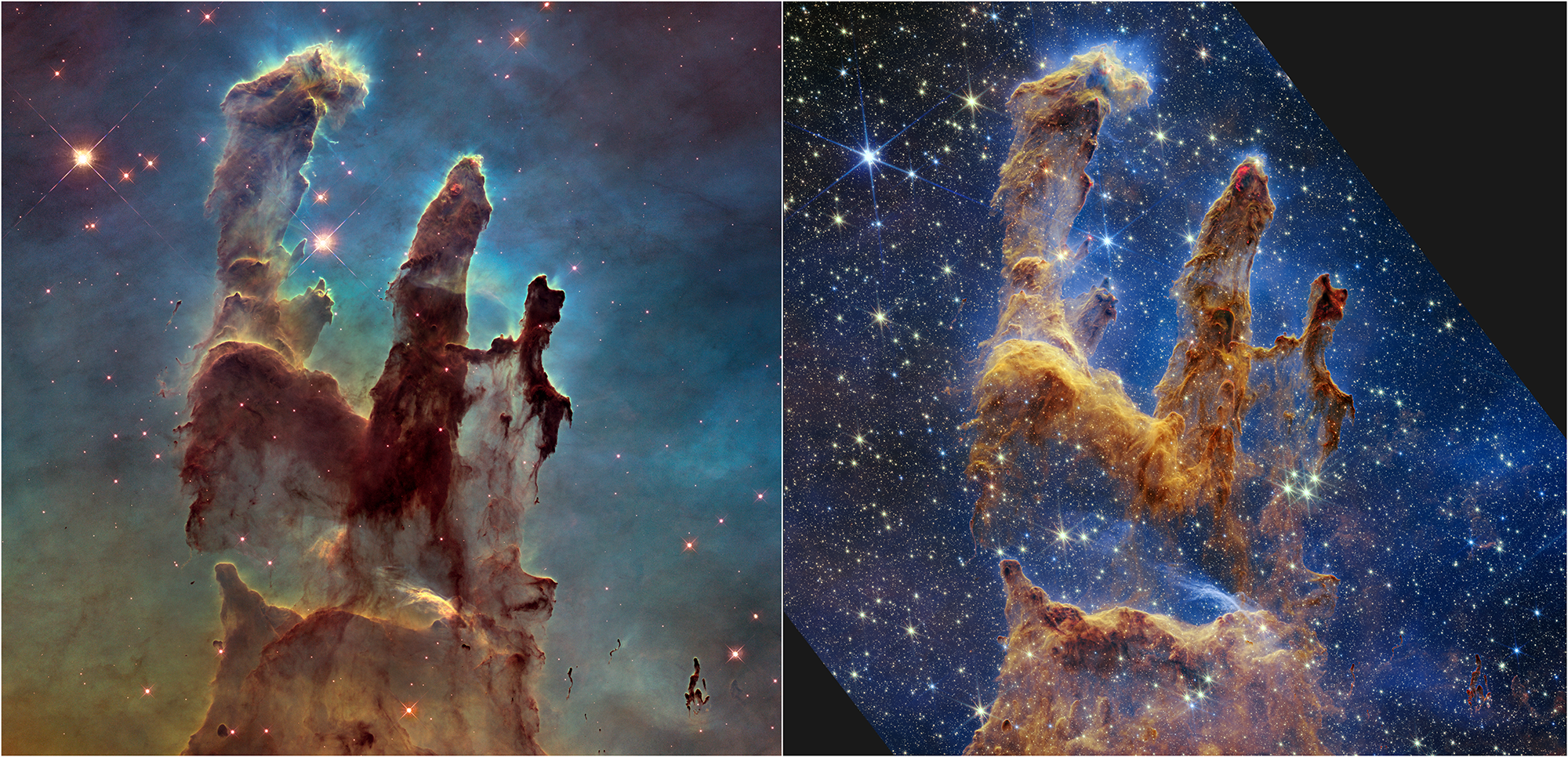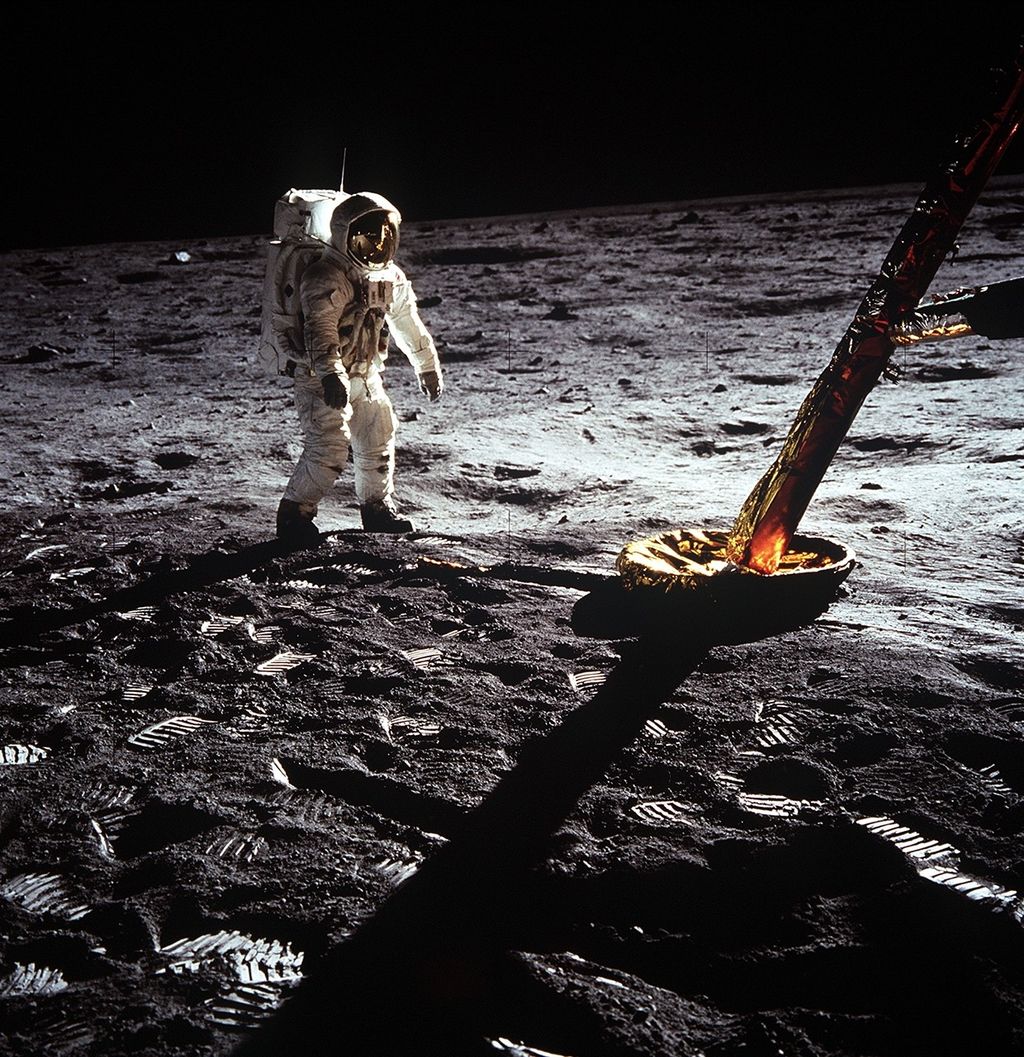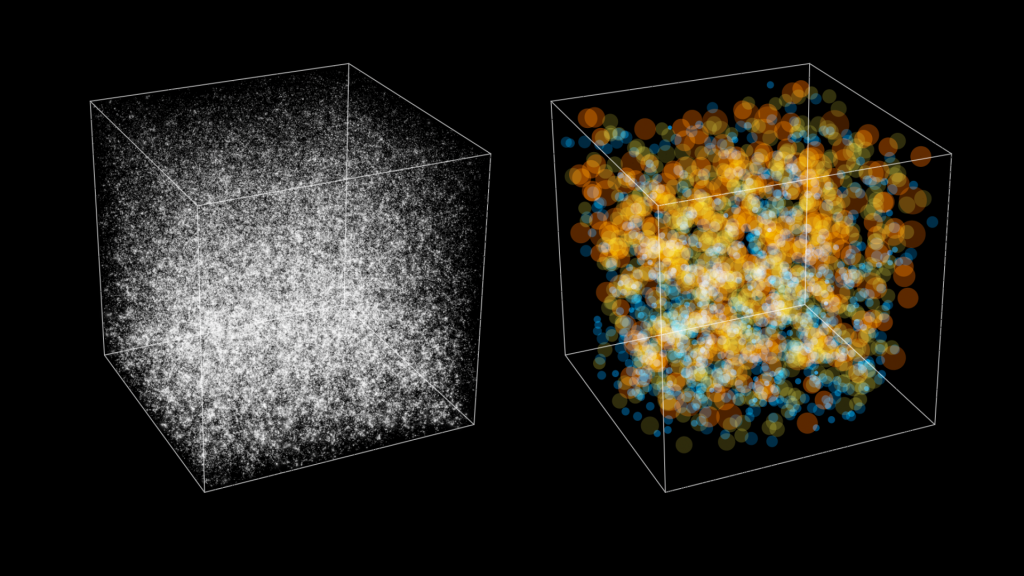by Kat Troche of the Astronomical Society of the Pacific
The Electromagnetic Spectrum
If you’ve ever heard the term “radio waves,” used a microwave or a television remote, or had an X-ray, you have experienced a broad range of the electromagnetic spectrum! But what is the electromagnetic spectrum? According to Merriam-Webster, this spectrum is “the entire range of wavelengths or frequencies of electromagnetic radiation extending from gamma rays to the longest radio waves and including visible light.” But what does that mean? Scientists think of the entire electromagnetic spectrum as many types of light, only some that we can see with our eyes. We can detect others with our bodies, like infrared light, which we feel as heat, and ultraviolet light, which can give us sunburns. Astronomers have created many detectors that can "see" in the full spectrum of wavelengths.

Telescope Types
While multiple types of telescopes operate across the electromagnetic spectrum, here are some of the largest, based on the wavelength they primarily work in:
- Radio: probably the most famous radio telescope observatory would be the Very Large Array (VLA) in Socorro County, New Mexico. This set of 25-meter radio telescopes was featured in the 1997 movie Contact. Astronomers use these telescopes to observe protoplanetary disks and black holes. Another famous set of radio telescopes would be the Atacama Large Millimeter Array (ALMA) located in the Atacama Desert in Chile. ALMA was one of eight radio observatories that helped produce the first image of supermassive black holes at the center of M87 and Sagittarius A* at the center of our galaxy. Radio telescopes have also been used to study the microwave portion of the electromagnetic spectrum.
- Infrared: The James Webb Space Telescope (JWST) operates in the infrared, allowing astronomers to see some of the earliest galaxies formed nearly 300 million years after the Big Bang. Infrared light allows astronomers to study galaxies and nebulae, which dense dust clouds would otherwise obscure. An excellent example is the Pillars of Creation located in the Eagle Nebula. With the side-by-side image comparison below, you can see the differences between what JWST and the Hubble Space Telescope (HST) were able to capture with their respective instruments.

- Visible: While it does have some near-infrared and ultraviolet capabilities, the Hubble Space Telescope (HST) has primarily operated in the visible light spectrum for the last 35 years. With over 1.6 million observations made, HST has played an integral role in how we view the universe. Review Hubble’s Highlights here.
- X-ray: Chandra X-ray Observatory was designed to detect emissions from the hottest parts of our universe, like exploding stars. X-rays help us better understand the composition of deep space objects, highlighting areas unseen by visible light and infrared telescopes. This image of the Crab Nebula combines data from five different telescopes: The VLA (radio) in red; Spitzer Space Telescope (infrared) in yellow; Hubble Space Telescope (visible) in green; XMM-Newton (ultraviolet) in blue; and Chandra X-ray Observatory (X-ray) in purple. You can view the breakdown of this multiwavelength image here.
Try This At Home
Even though we can’t see these other wavelengths with our eyes, learn how to create multiwavelength images with the Cosmic Coloring Compositor activity and explore how astronomers use representational color to show light that our eyes cannot see with our Clues to the Cosmos activity.




























